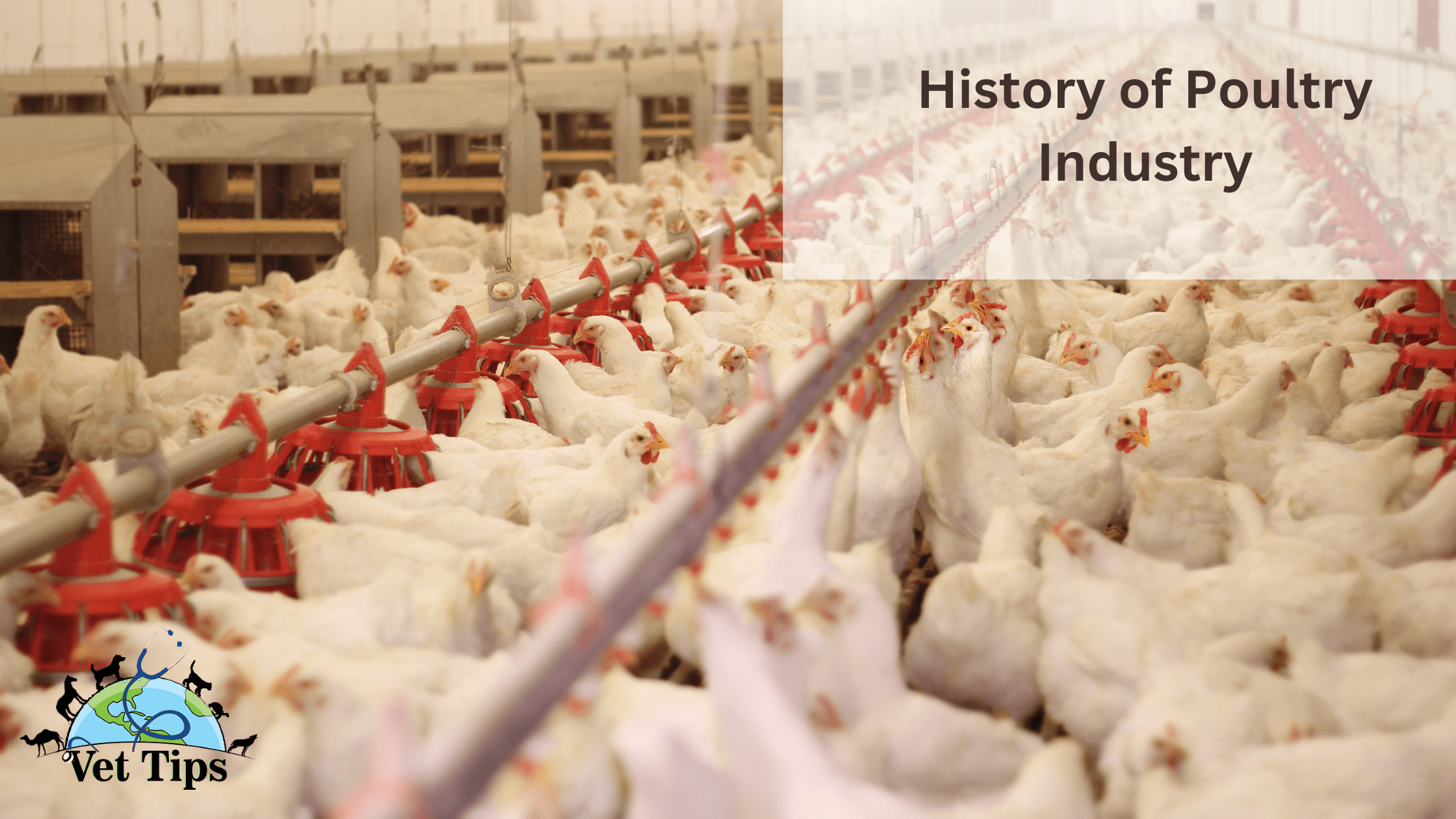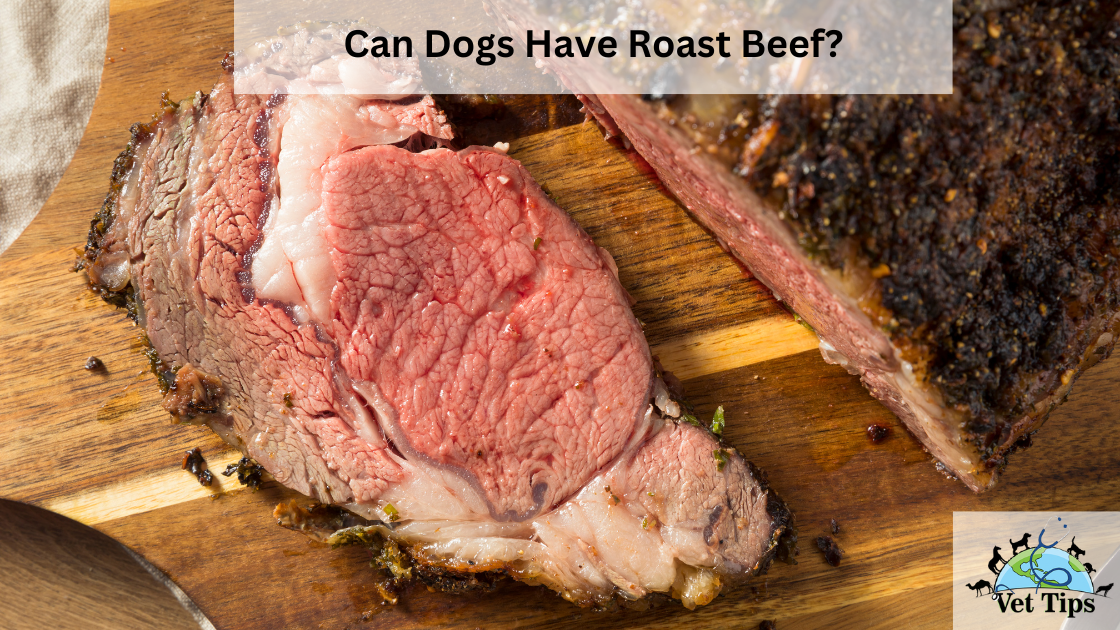Here we tell you the history of the poultry industry, starting from the old era to the modern date billion-dollar broiler and layer industry.
History of the poultry industry and poultry domestication.
- Poultry rearing has started in Asia
- The family of chickens in China dates back to 3 BC
- The record of poultry in India is about 3200 BC
- Some evidence of chickens in India dates back to 2000 BC
- Ancient chickens appear in ancient Greek writings and art. They may have been brought from Persia to Greece, and Persian soldiers brought them from India.
- Poultry business was not known as a business before the twentieth century
Poultry production in Asia
- Asian China is the largest producer of Asian countries. Egg production = 28,674 thousand tons. Chicken meat = 10,233 thousand tons.
- India is the second-largest producer
- Japan ranks third in poultry production
- 1970 Asia accounted for only 24% of egg production in 1970 and now produces more than 60% of the world’s total production.
History and Development of the poultry industry in Pakistan
Before 1963, the indigenous breed “Desi” was mainly raised, which produced a maximum of 73 eggs per year under local conditions. An improved breed “Lyallpur Silver Black” was developed in 1965-66 in the Department of Poultry, University of Agriculture, Faisalabad. This breed is capable of laying 150 eggs/year in 12 weeks and weighing 1.4 kg under favorable management and feeding conditions.
In Pakistan, poultry was kept as a backyard business for household needs. The need for commercial poultry was realized in the early 1960s, culminating in 1963, in the form of a national campaign to increase the production of feed products in the country. Under this campaign, the government announces a policy of tax exemption on income from poultry farming. Pakistan International Airlines (PIA) has launched its first commercial hatchery in Karachi in partnership with Canada’s Shaver Poultry Birding Farms. At the same time, a commercial poultry feed mill was started at Lever Brothers (Pvt), Pakistan Limited, Rahim Yar Khan, after which other leaders started Arbor Acres Limited in the same way.
During 1965-75, special emphasis was laid by the government on the development of the poultry industry in the country. The government has taken major policy decisions to provide all possible facilities to the poultry industry in its annual development plans. Incentives provided to poultry farmers/poultry industries are included.
- Tax exemption on income earned from poultry farming.
- Imports of herds and incubators were allowed under the free list.
- Two days without meat were announced to encourage the consumption of poultry meat.
- UNDP-Subsidize grain to form low-cost rations through the grain.
- A loan through ADBP for construction of poultry shed
- Established Poultry Production Directorates in Karachi and Punjab to provide extension services to poultry farmers.
- Establishment of Federal Poultry Board for coordination of government and industry activities in the poultry business.
The development of Pakistan’s poultry industry can be divided into four phases.
Phase 1: Introduction Period 1965-1970.
During this period, early poultry projects, including risks, were supported, with poultry production exemptions that resulted in national taxes and producers being provided with genetically enhanced stocks and equipment as the incubator was allowed to be imported. Numerous Catholic forces shaped the early development of the poultry industry.
These forces include potential profits in the industry, availability of technologies, and supportive government policies that lead to the concept of protein deficiency in Pakistani food. The Government of Pakistan also established the Poultry Production Directorate in Karachi, which provided extension services to a growing number of poultry farmers. The early development of the industry is also characterized by emerging concerns, including rising feed costs for domestic birds, disease outbreaks, and consumer preferences.
Phase 2: Institutional Development, 1971-1975.
As poultry production became an important enterprise in Pakistan’s agricultural economy, the government strengthened the institutions working in the news industry. Poultry producers struggled with the negative effects of government programs. The ban on the export of poultry products and the result of some major planning flaws, such as the establishment of poultry estates, are largely clustered without hygiene and health control in every sector. This phase is compromised on both the greatest success of the poultry industry along with the greatest failure. The dramatic increase in poultry production has resulted in a shift in investment to nationalize industries in other sectors. At the same time, the ban on the export of poultry products from the clusters of production units led to the spread of large-scale diseases and the lack of marketing facilities, which limited the development of the industry.
Phase 3: Production Boom 1976-1980.
The Sindh government pursued a policy of attracting investment in poultry farming by offering state lands under a ten-year lease. At the same time, the nationalization of other industries helped in the inflow of capital into the poultry industry, especially in Punjab, which led to an increase in poultry production. Commercial egg production increased from 624 million eggs in 1976 to 1223 million eggs in 1980. The increase in production was forced through limited marketing channels. Poultry farming in Pakistan is facing severe financial difficulties due to the suspension of poultry exports. Disease problems; High relative prices of poultry feed. Poor feed quality; And a limited supply of feed components. Poultry farmers faced financial difficulties, and the Pakistan Poultry Association was formed in 1979 on the advice of the Federal Poultry Board in search of a cure.
History of the Poultry Industry (Cont.)
Step 4: Depression and Adjustments 1981-1990.
Disease problems pose a serious threat to the steady growth and stability of the industry. The large poultry population in Karachi began to close in 1984, and a large number of poultry farms in other parts of Sindh closed. During the early 1980s, growth in production, especially in Punjab, Balochistan, and NWFP, increased or even declined. However, the latter part of the early 1980s saw the 1985 industry see a huge increase in the number of chickens, especially in broilers. Faced with disease problems, low productivity, and numerous environmental and climate challenges, some more successful farmers decided to grow in more common conditions and set up their poultry farms in the colder, less polluted area of the country. Thus the farms in Karachi and Punjab were shifted to Abbottabad, Murree Hills, and Quetta Valley. Farmers also built houses with a controlled environment for breeders, broilers, and commercial layers.
1991 to present:
During this period, there was a catastrophe due to diseases. In 1990, due to Hydro Pyricardium syndrome, farmers, especially broiler and broiler breeders, suffered a great loss. In 1991-92, Gamburo attacked broilers, crustaceans, and herds of parents in another disease, which resulted in severe deaths. Over time, efforts have been made to reduce the incidence of these diseases, and sanitation in the field of vaccination and biosecurity has resulted in the establishment of new pharmaceutical companies and the importation of vaccine forms abroad. Efforts were also made at national level institutions like Poultry Research Institute, Veterinary Research Institute, and Agriculture University Faisalabad to reduce these diseases.
In 1995, a new disease, avian influenza, appeared in Murree and Abbottabad, and deaths in the parent herd increased by 80%, posing a national challenge to scientists. Conferences were held to diagnose the disease, in which scientists discussed their views, and large-scale measures were taken after the damage was done to control the disease. In 1996, the lack of planning led to an increase in the number of parents, which led to market depression and reduced the cost of production for girls many times over. The depression in the poultry market continued in 1997, leading to a ban on lunch service at married parties, which reduced the demand for poultry products in the market by 40%. Gradually, this began to improve in 1998, and with the increase in the price of chicken, companies made huge profits. In 1999, another influenza-like syndrome broke out, causing severe damage in some areas while keeping others safe. The poultry industry still faces many risks, including marketing problems for poultry products, and a strong plan is needed. At the moment, it is thought that big companies like BB John can help reduce market volatility, but it could be premature.
Tell us in the comment section if you find out article “History of Poultry Industry” helpful.
For more info like this, click here.
For the source file, click here.




